The multiplication of data flows in an information system can quickly make it very challenging to manage external flows over which you do not have full control. Data exchange via the GS1 standard can be an option, allowing several hundred suppliers or distributors to communicate seamlessly with each other in a common data format.
In this article, we will look at how it works, how it is implemented, and what it can do for you.
In the current wave of corporate digitalization, architectures are becoming omni-channel and increasingly enriched with all kinds of data flows. Among them, product data are essential for providing consumers with reliable and high-quality information as quickly as possible.
Within internal information systems, there has been an increase in the flows between the various components involved in handling or consuming product data.
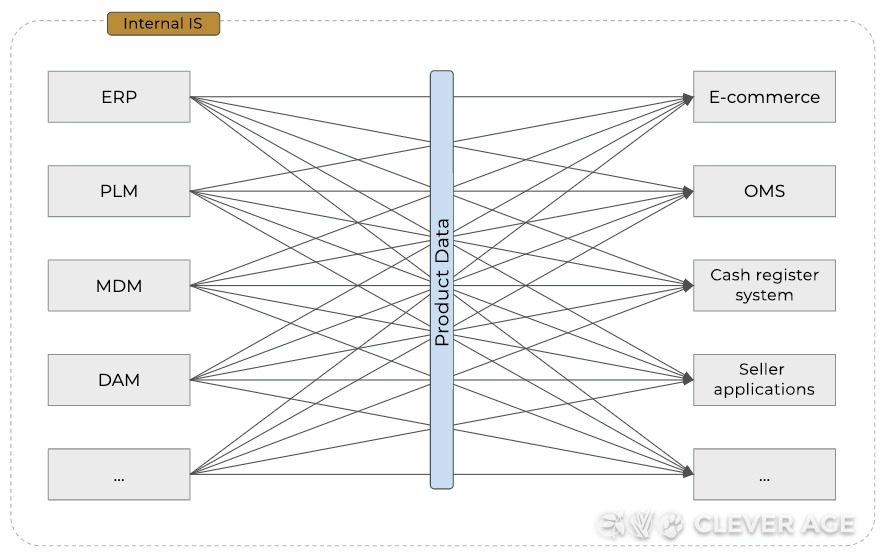
The first step to deal with this multiplication of flows is to set up a Product Information Management (PIM) solution that makes it possible to have a single product repository and thus limit 1-to-1 flows by making the PIM system the sole actor in the exchange of product data.
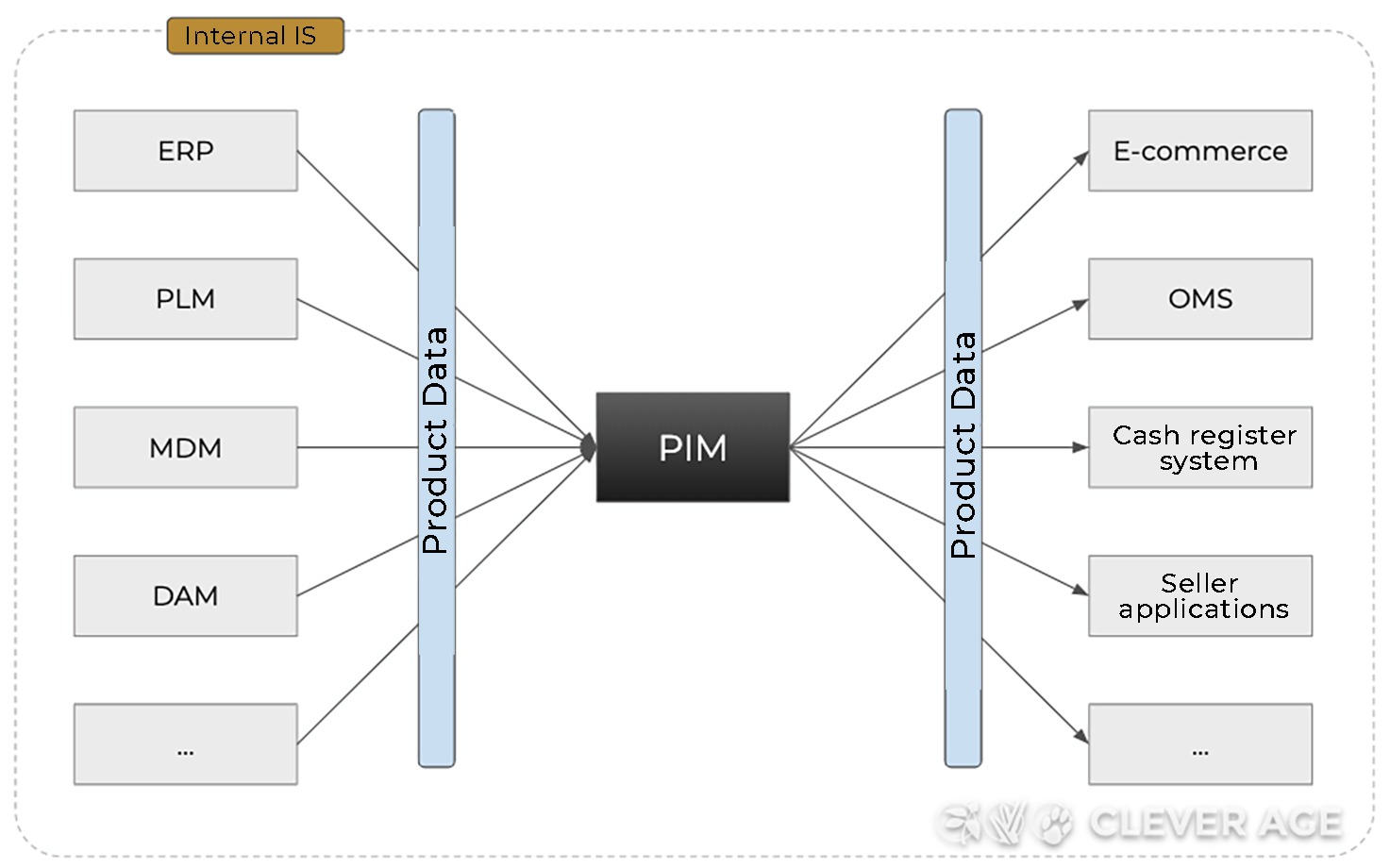
But an increasing number of flows are also set up with third-party systems, particularly for suppliers and distributors.
As a matter of fact, a supplier will need to interface with multiple distributors in order to provide their product information.
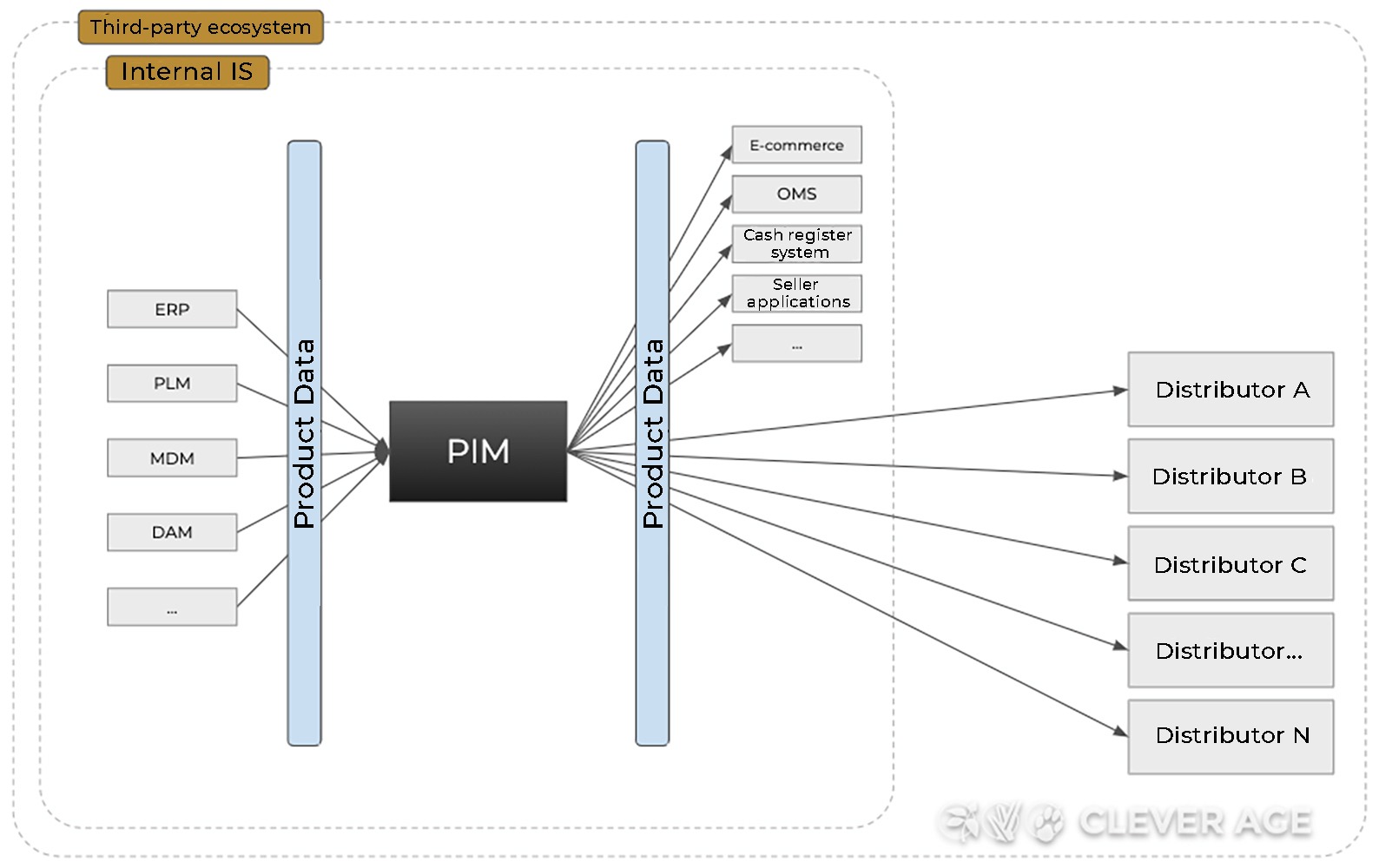
Conversely, a distributor must aggregate as many data flows as it has suppliers in order to enrich its product catalog.
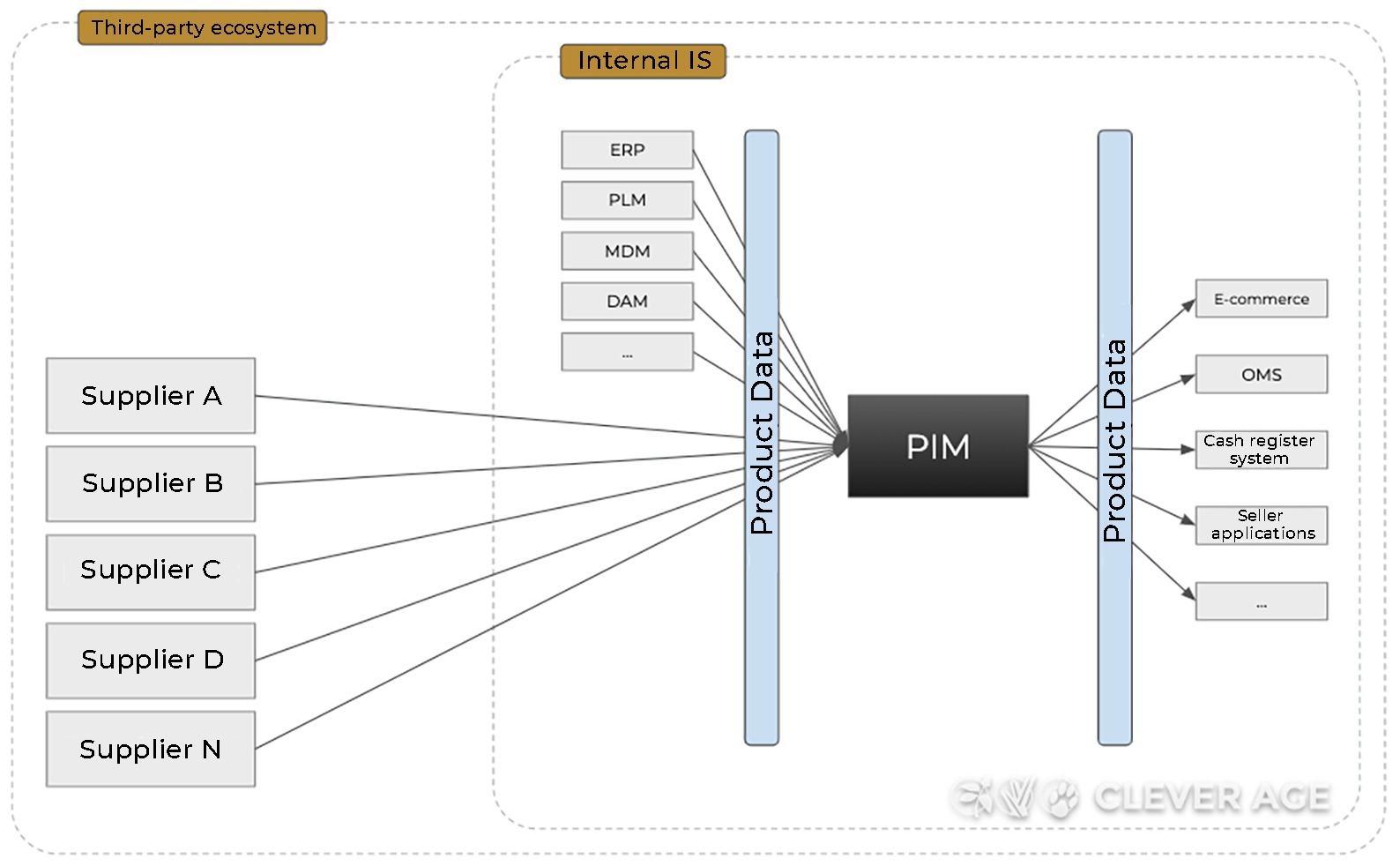
The integration of a new third party into the ecosystem therefore systematically implies significant integration costs to adapt to the format of this new partner. And since some distributors can have thousands of suppliers…
As a result, there is a strong need to harmonize these data exchanges, by standardizing them using a common language, and by routing them through a single network. This is sometimes referred to as Product Data Syndication (PDS).
Language : the GS1 Standard ; Network : GDSN
GS1 is a global organization of more than 2 million companies working to facilitate information exchange and trade. In particular, it is the creator of barcodes (GTIN), which now appear on all consumer products, as well as various standards designed to harmonize the supply chain for such products, from supplier to consumer.
We therefore use the term ‘GS1 standard’ to refer to this common language shared by the various stakeholders in the chain.
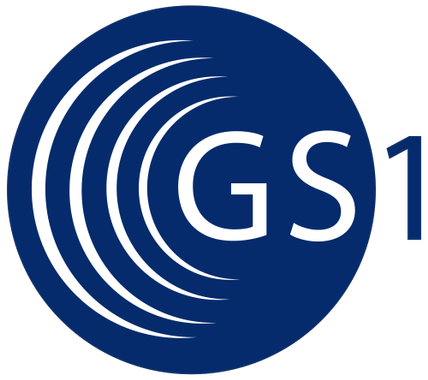
Exchanges that follow the GS1 standard are done on a common network that allows all data to be centralized and redistributed. It is called the Global Data Synchronization Network (GDSN).
The use of this common language and network will therefore make it possible to streamline the numerous flows to be set up with third parties who also communicate on the GDSN network.
Supplier Point of View
“Publish once, send to all”
For a supplier sending product data to multiple distributors (supermarkets or specialist distributors), providing their catalog in GS1 format on the GDSN network is therefore sufficient. They will then be able to send it automatically to all distributors. As such, they are a producer of data on the GDSN.
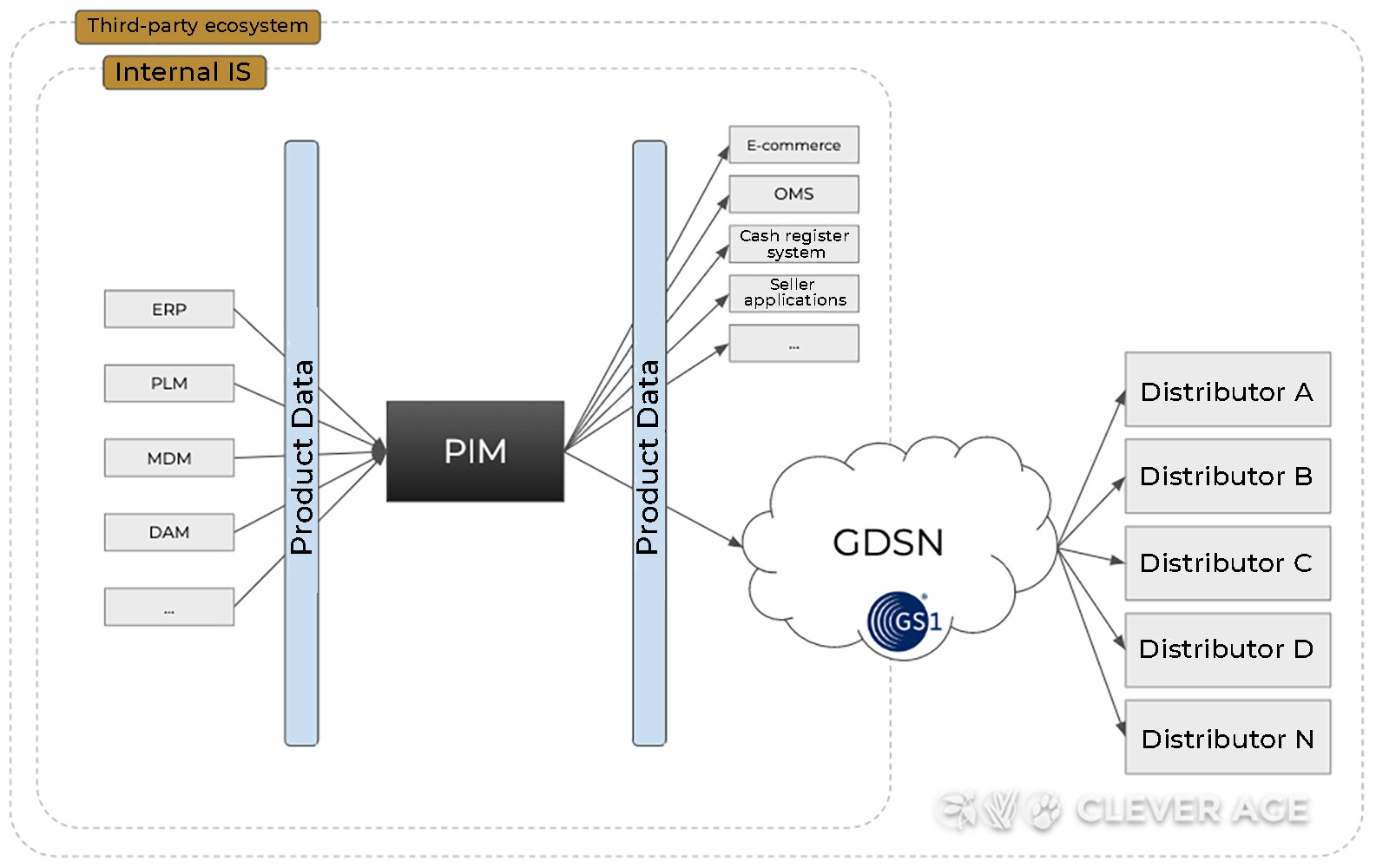
For instance, we have set up an Akeneo PIM system and a connection to the GDSN network for our client Heineken, so they could provide their product data to all major supermarket chains (Carrefour, Leclerc, Intermarché, etc.). These companies also integrate data from many other suppliers through the same process — all this, with the same information structure.
Distributor Point of View
“Subscribe once, receive from all”
On the other hand, a distributor will aggregate large quantities of product catalogs from multiple suppliers. If these suppliers communicate via the GDSN network, the distributor will be able to retrieve this data in the same format (GS1) and therefore only needs to implement and maintain one interface. They are a consumer of data on the GDSN.
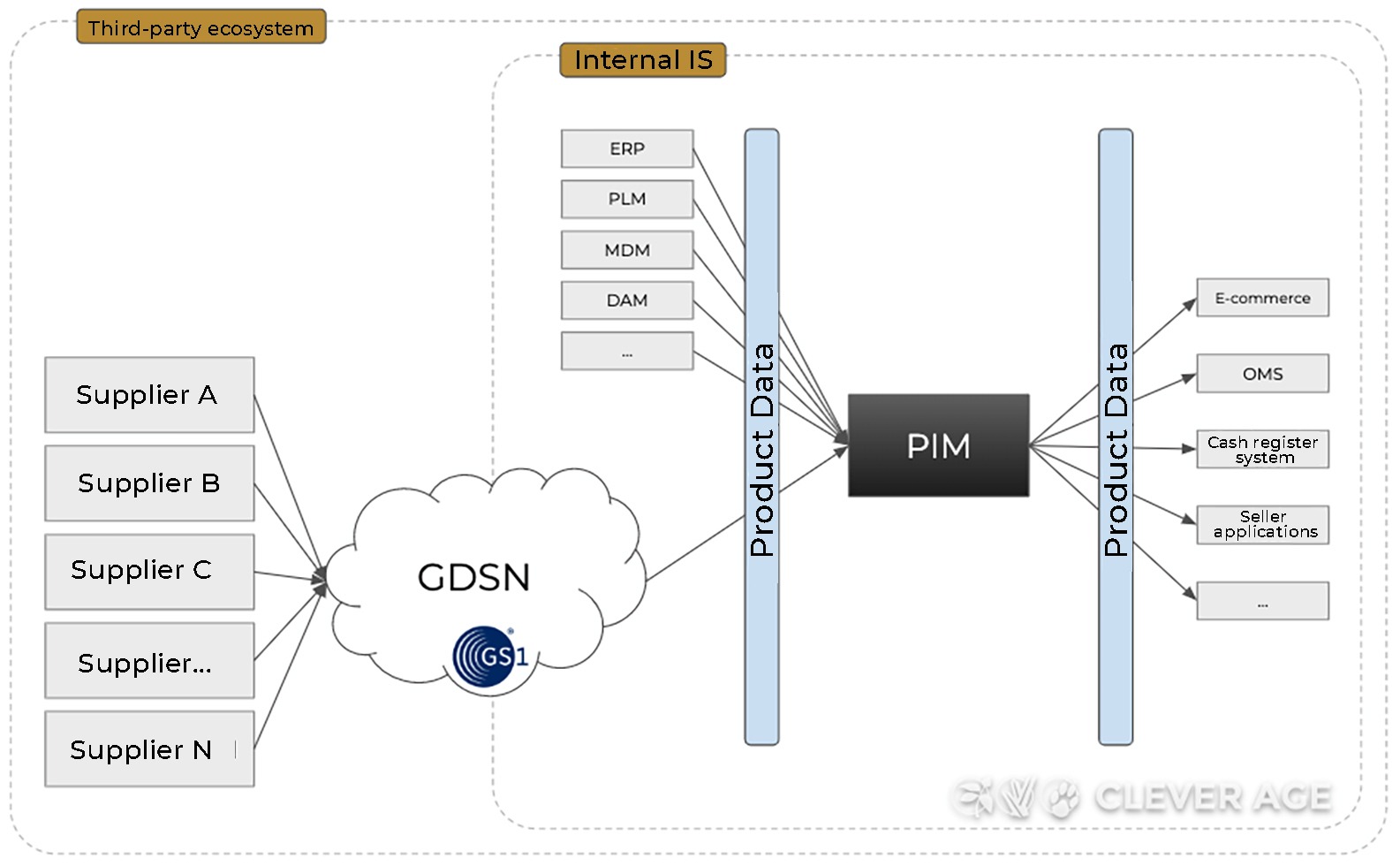
For instance, we have set up an Akeneo PIM system and a connection to the GDSN network for our client France Boissons, making it possible to enrich most of the products in the catalog automatically with data provided by suppliers (Pernod, Orangina, Bacardi, etc.).
What Data Are Included in the GS1 Standard ?
The information found in a GS1 product record varies according to the type of industry and aims to provide a product description that matches as closely as possible the business needs of each stakeholder.
Generally speaking, we are going to find technical and regulatory data (for example, for food products : mandatory consumer information data, allergens, daily intakes, etc.) as well as marketing information about the products. These marketing data include visuals, again with a standard on related information to specify the nature of the file, the horizontal and vertical shooting angles, whether it is a bare or packaged product, etc.
Beyond the data on the product itself, there is also information about logistics (palletization plan, composition, dimensions, weight, etc.) and pricing (retail prices, custom prices, discounts, VAT and other taxes).
In total, there are over a hundred fields in GS1 product records.
GS1 product records also include a classification system developed by GS1 and its partners : the Global Product Classification (GPC). The GPC category makes it possible to categorize a product with precision in a globally shared repository.
Implementation of the GDSN Connection
The Data Pool Mechanism
Essentially, the GDSN network is only a concept. It materializes in a group of data pools that implement this concept and are GDSN-certified by the GS1 organization. These data pools are interconnected and governed by a Global Registry managed by GS1.
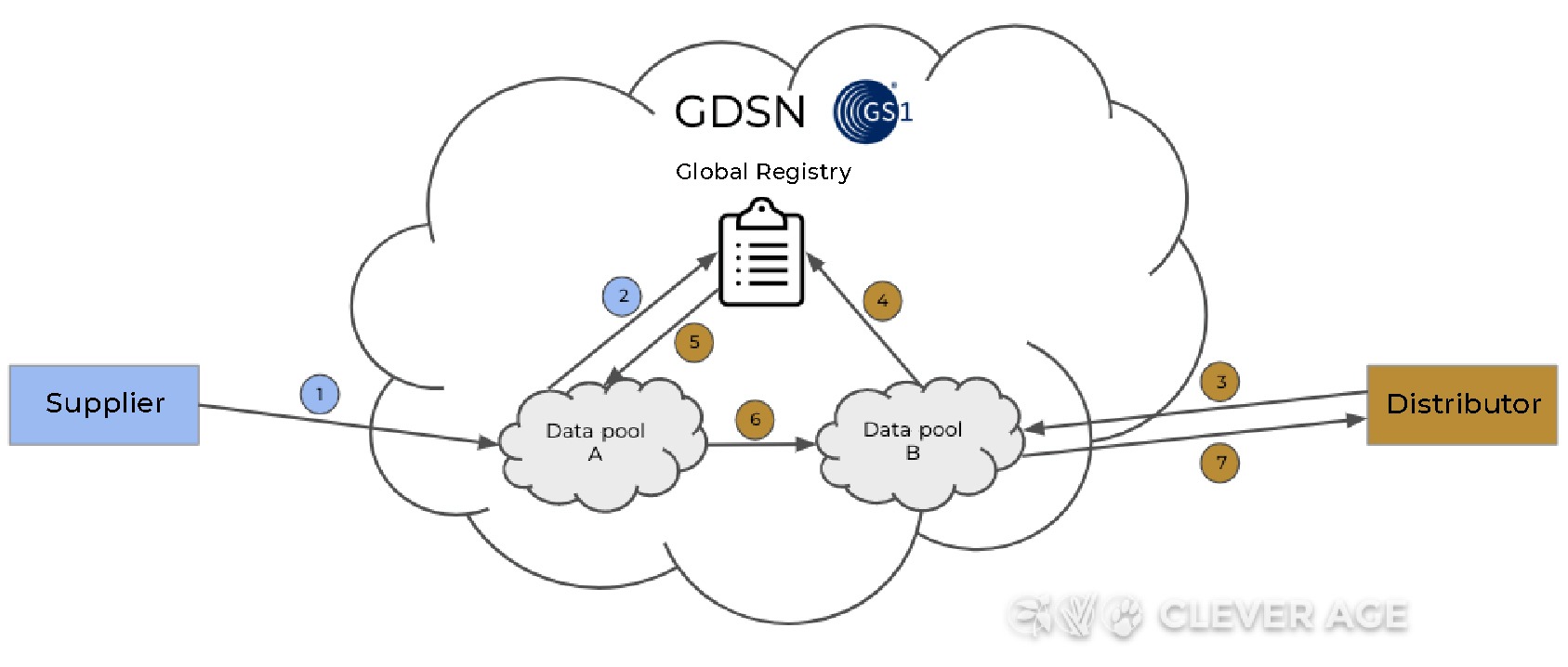
- The supplier sends their data to data pool A, of which they are a member
- Data pool A notifies the global registry that this data is now available
- The distributor queries other data pool B to obtain the supplier’s data
- Data pool B forwards the query to the global registry
- The registry notifies data pool A about the query of data pool B
- Data pool A sends the requested data to data pool B
- Data pool B provides the requested data to the distributor
→ List of certified data pools
Network Access Solutions
It is not possible to connect “directly” to the GDSN network. To access a data pool, a third-party solution is needed.
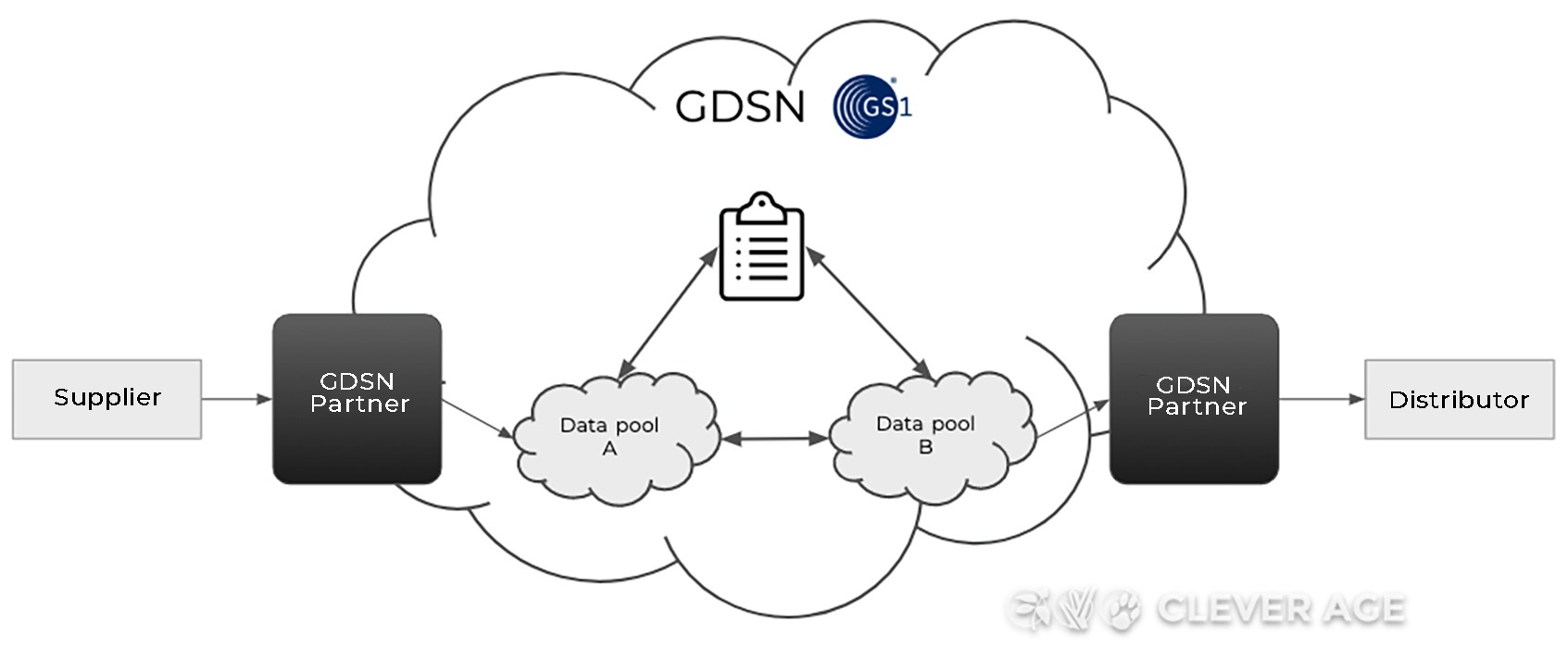
A number of GDSN partners provide access to the network, which include Alkemics, Equadis, Numlog, etc.
→ List of GS1 qualified solutions [in French]
These solutions implement the GS1 standard in their own way. In other words, they have their own data model which, although not too far from the standard, may still be somewhat different, especially when it comes to field naming.
Most of these vendors also enrich the standard with their own attributes and offer the possibility of adding custom fields.
As a result, suppliers sometimes need to interface with several GDSN network access solutions when distributors (large mass retailers) have extended the standard and demand to receive these data.
Integration with a PIM System
As explained above, setting up a PIM system is a strongly recommended prerequisite for connecting to the GDSN network. Thanks to its data flow integration and export capabilities, the PIM system will considerably facilitate the implementation of the connection to the GDSN network.
Indeed, once the PIM system is in place and centralizes all the data produced using a given model, the remaining effort is mainly to design a data mapping scheme between the model of the PIM system and that of the GDSN solution.
While some PIM solutions (Agena 3000, Informatica) address the GS1 standard natively, all other solutions generally offer the necessary tools to easily develop a custom flow to the GDSN network based on this mapping scheme.
Implementation Steps
- Set up a PIM system
- Required to centralize data, define the model and facilitate the implementation of import and export flows
- Select the technical partner for accessing the GDSN network
- Design the mapping scheme between the model of the PIM system and that of the selected partner
- Develop and implement the data exchange flow between the PIM system and the partner
- Supplier / distributor negotiation regarding data availability on the network
- If the data is centralized on the GDSN network, it cannot be accessed automatically. Three-way agreements between the supplier, the distributor and the solution partner are necessary in order to open access to the product catalogs.
Pros and Cons
The benefits of setting up an interface based on the GS1 standard include :
- Rationalization of the costs of adding new distributor or supplier flows
- Accuracy of the data that is received (directly from suppliers)
- More extensive and higher-quality catalog data
- Reduction in the costs of contributing to and enriching the product catalog by sourcing directly from suppliers
- No need to own or rent a photo studio to shoot thousands of references
- Increased contribution productivity
- Improved product enrichment rate (completeness)
- Shared governance and responsibility for data quality in consumer mode (distributor)
- Simplified exchange processes between suppliers and distributors, resulting in a significant improvement of time-to-market
On the other hand, some costs and limitations should be taken into account :
- Prior implementation of a PIM system
- Implementation costs for the GDSN connection
- License costs for the GDSN partner
- Data consumption costs (depends on the partner)
- Maintenance of the mapping scheme to keep up with changes in the standard
- Harmonization of certain marketing data with regard to other GDSN data consumers
- But there are not many and it is recommended to keep marketing pitch contributions in-house
Conclusion
After the implementation of a PIM system, connecting to the GDSN network can be a decisive factor in accelerating the digital transformation of a company that will provide or consume massive amounts of product information. It will facilitate communication between multiple stakeholders, allowing distributors to enrich their product catalogs automatically with accurate, high-quality data.
GS1 is probably the most widespread standard, but there are many others that help to harmonize, facilitate and improve data exchanges between different stakeholders. These standards are more often industry-specific, such as in the construction industry with ETIM, FAB-DIS, BMEcat… It is therefore essential to analyze your market carefully in order to determine the relevance of a particular standard before starting any implementation work.
